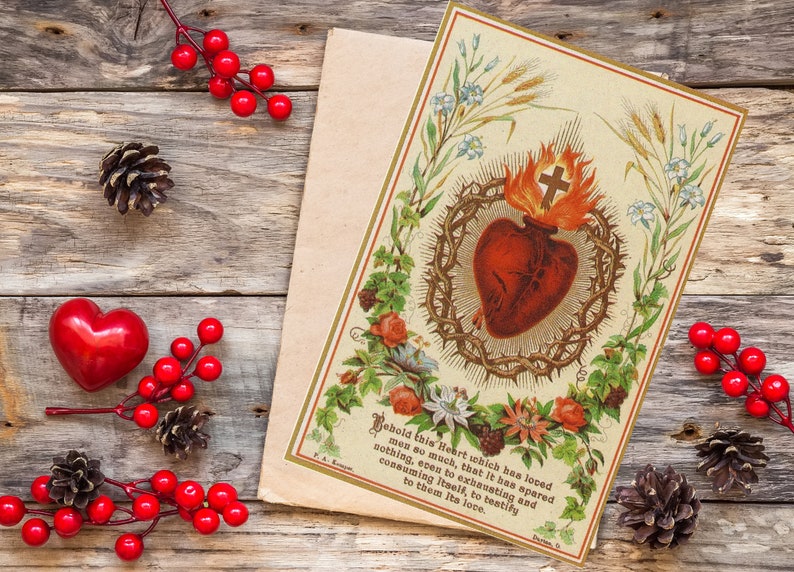According to Rabbi and scholar Ayreh Kaplan, in his intro to the English translation of The Sefer Yetzirah, Kabbalah may divided into three categories: theoretical, meditative and magical. Theoretical Kabbalah, which is based largely on the Zohar, is concerned with the dynamics of the spiritual domain (worlds, souls and angels). Meditative Kabbalah, as found in the Sefer (sefer means book) Yetzirah and several other unpublished texts, employs the use of divine names and other methods to reach higher states of consciousness. Magical Kabbalah can be found to a certain extent (per Rabbi Kaplan) in the Sefer Yetzirah as well as The Book of Raziel and other as of yet untranslated texts.
Wonderful translations of many of these primary texts are available through Amazon and elsewhere, including The Bahir and Sefer Yetzirah as translated by Aryeh Kaplan, and The Zohar in the beautiful multi-volume Pritzker edition translated by Daniel Matt. Are these good places to start however? That depends. An understanding any of these texts, is best approached, in my opinion, in conjuncture with a certain amount of left brain understanding of Judaism and the Bible and a good deal of right brain reflection and meditation. It is my personal preference to treat all Kabbalah as essentially meditative, to select a short passage to read and reflect upon and not necessarily struggle for a structured assimilation of information.
If you are looking for a more comprehensive understanding of Kabbalistic concepts than this approach provides, the best place to start may be with modern commentary. The Essential Kabbalah: The Heart of Jewish Mysticism by Daniel Matt as well as another of Matt's books, God and the Big Bang, are fantastic first reads on Kabbalah. The Thirteen Petalled Rose by Adin Steinsaltz (reviewed in this publication here) is a great choice as well especially for those interested in increasing their metaphysical understanding of alternate dimensions.
The Essential Kabbalah is a wonderful reflective and mystical text which addresses many of the important concepts of Kabbalah in short, understandable and extremely well-written essays. God and the Big Bang which I hope to reread and review soon, is one of my favorite books. In it, Matt does a truly amazing and sometimes poetic job of discussing the cosmos, the Zohar and many of the fundamentals of Judaism.
The following passage from The Essential Kabbalah describes the ten sefirot in Matt's mystical yet very accessible style:
"Better yet, imagine a ray of sunlight shining through a stained-glass window of ten different colors. The sunlight possesses no color at all but appears to change hue as it passes through the different colors of glass. Colored light radiates through the window. The light has not essentially changed, though so it seems to the viewer. Just so with the sefirot. The light that clothes itself in the vessels of the sefirot is the essence, like the ray of sunlight. That essence does not change color at all, neither judgment nor compassion, neither right nor left, yet by emanating through the sefirot - the variegated stained glass - judgement or compassion prevails."









Post a Comment
Please share your thoughts!